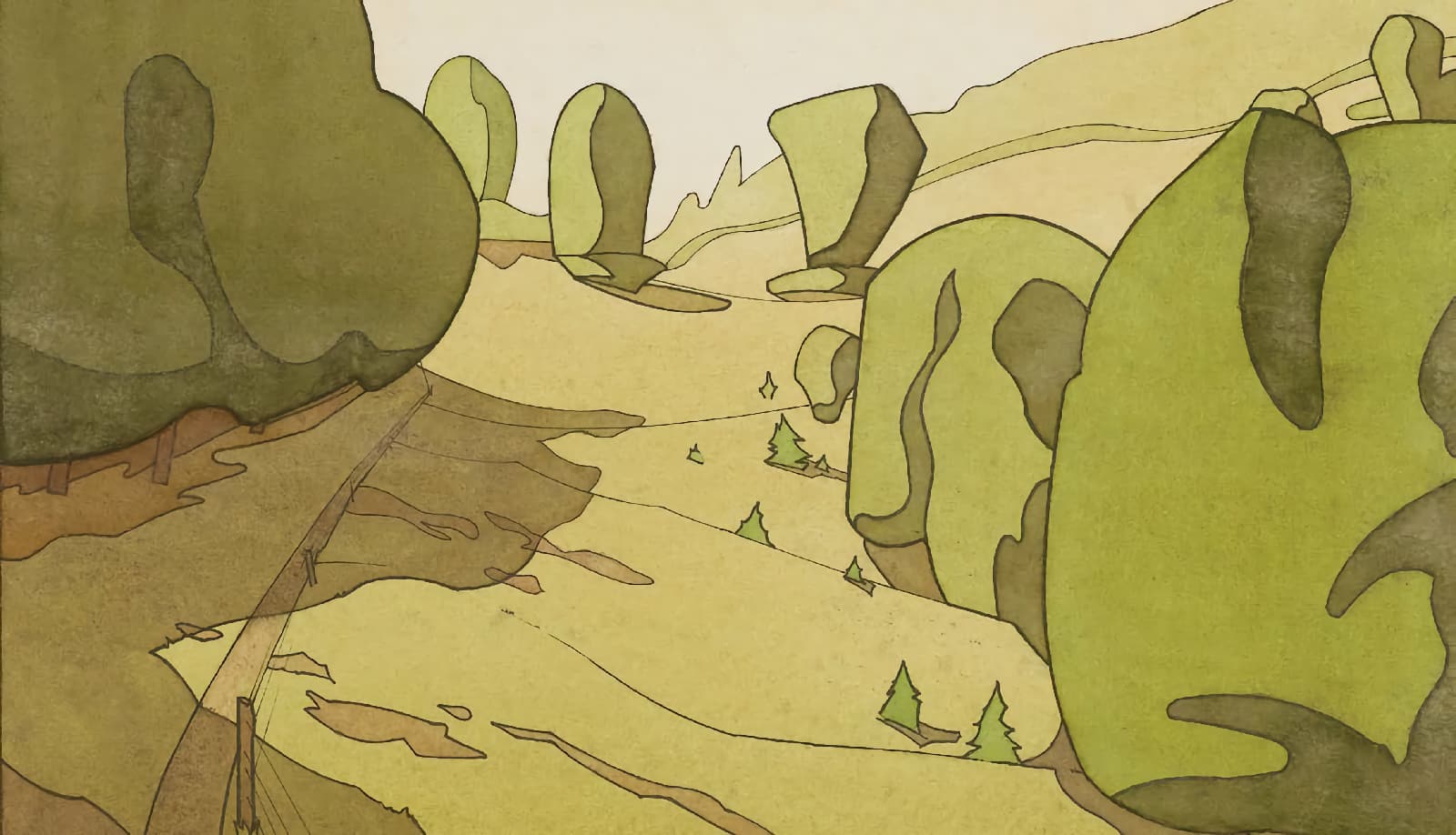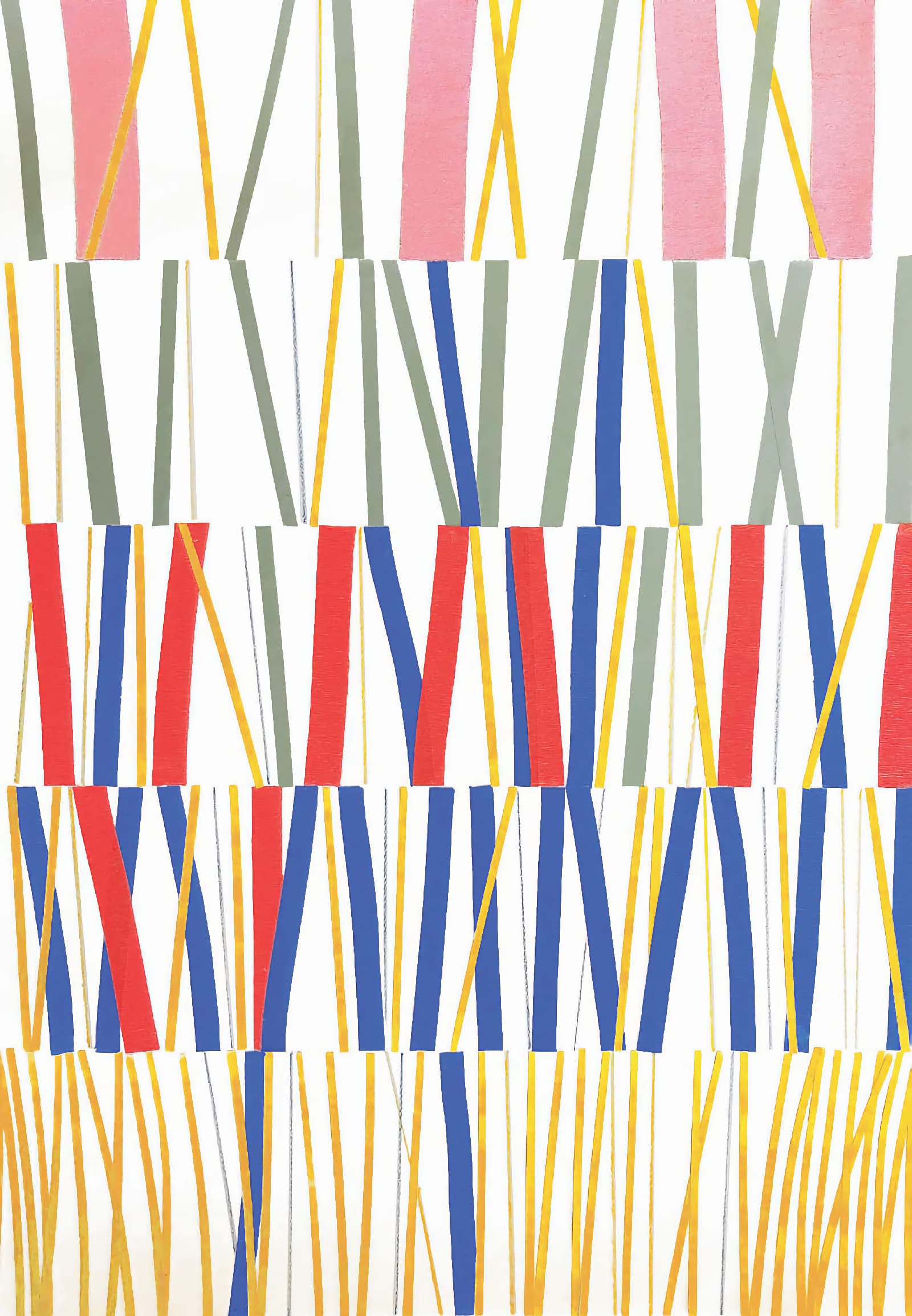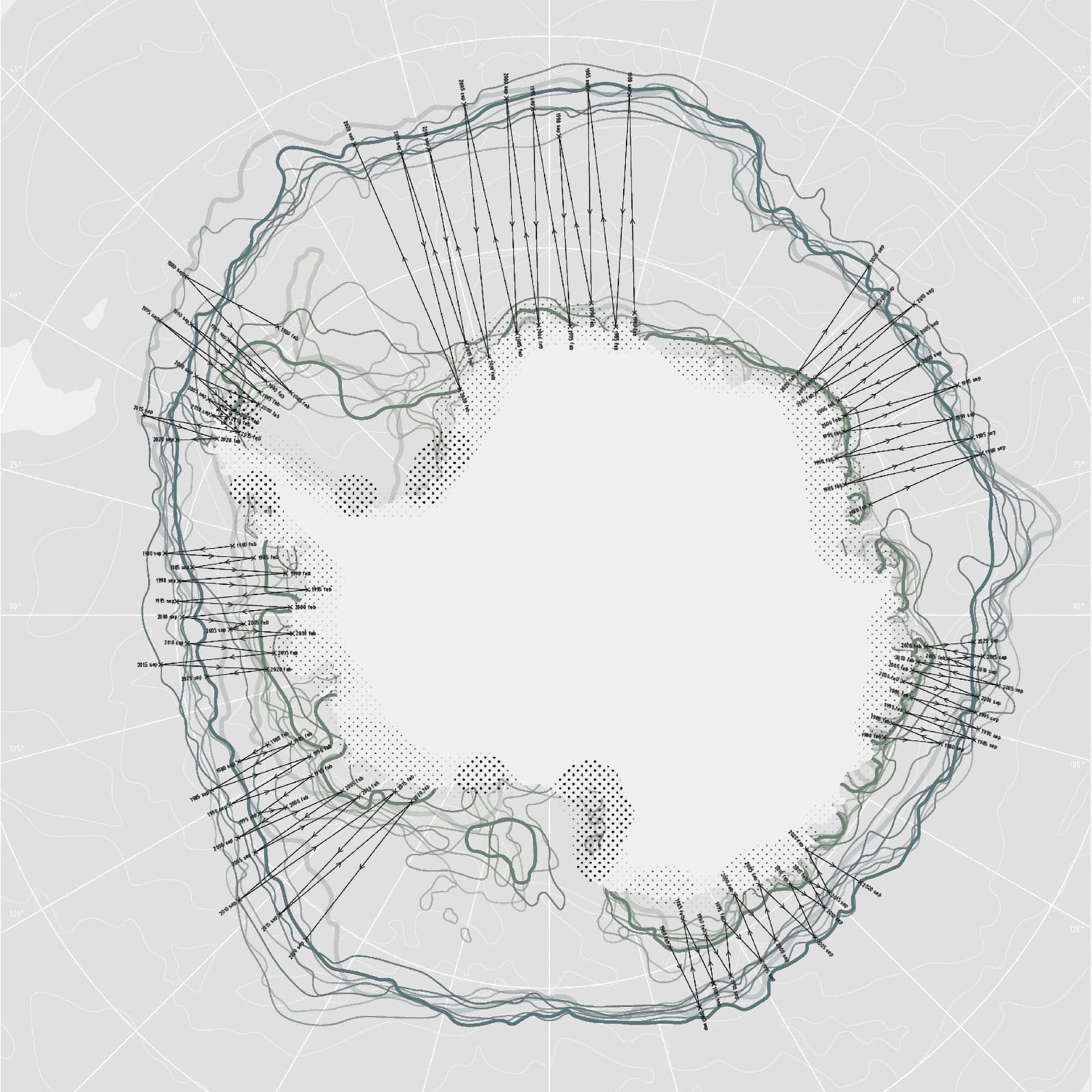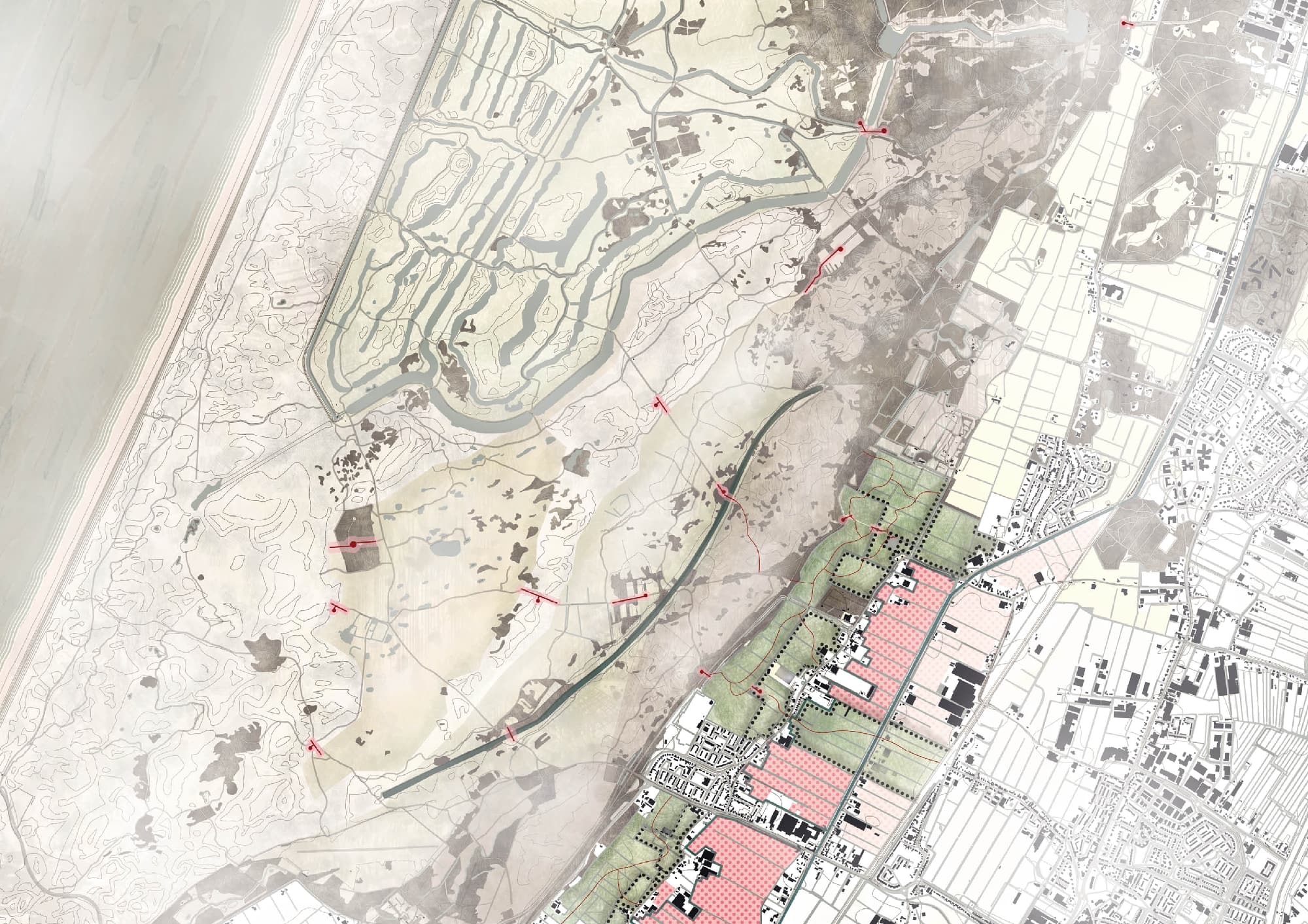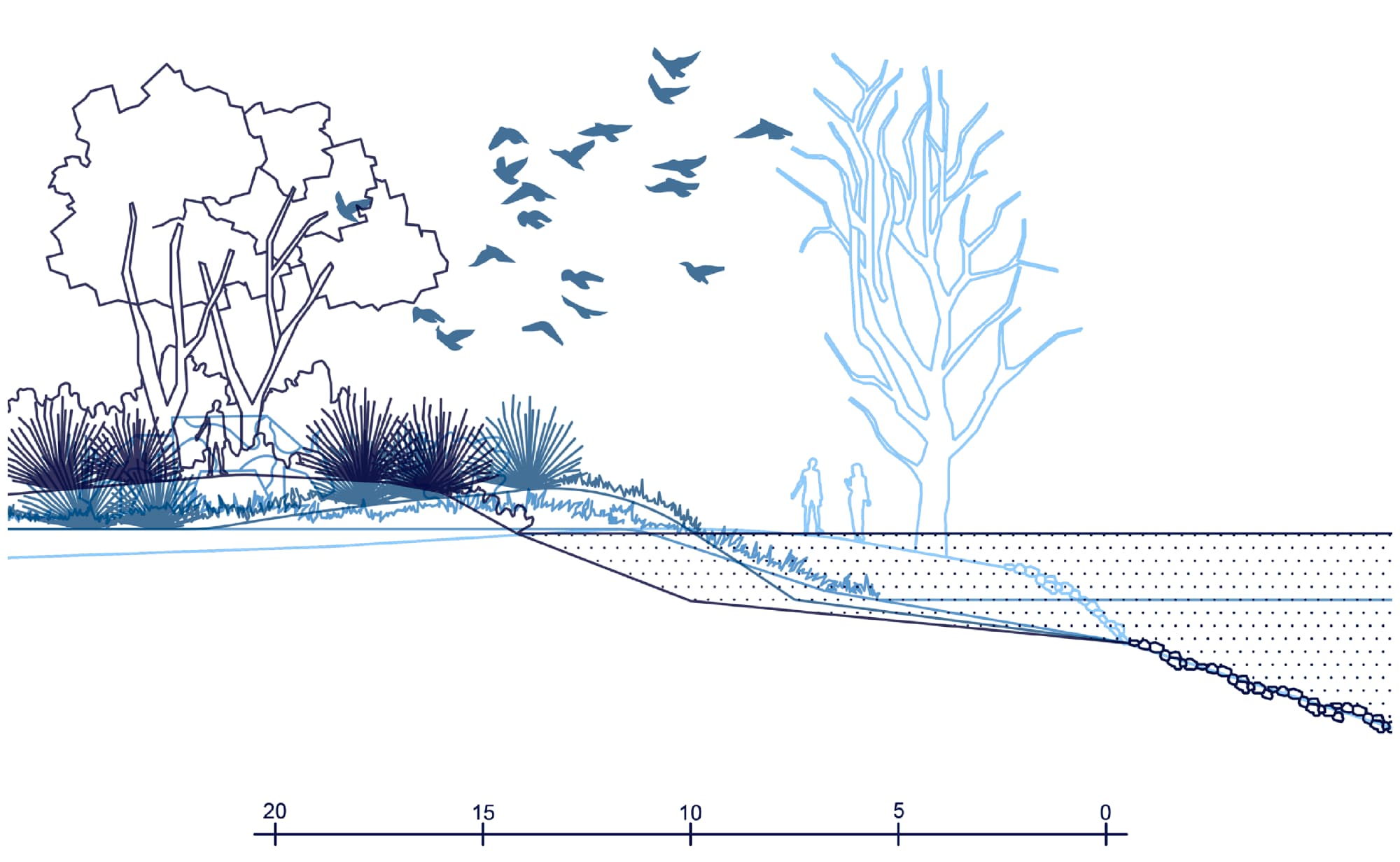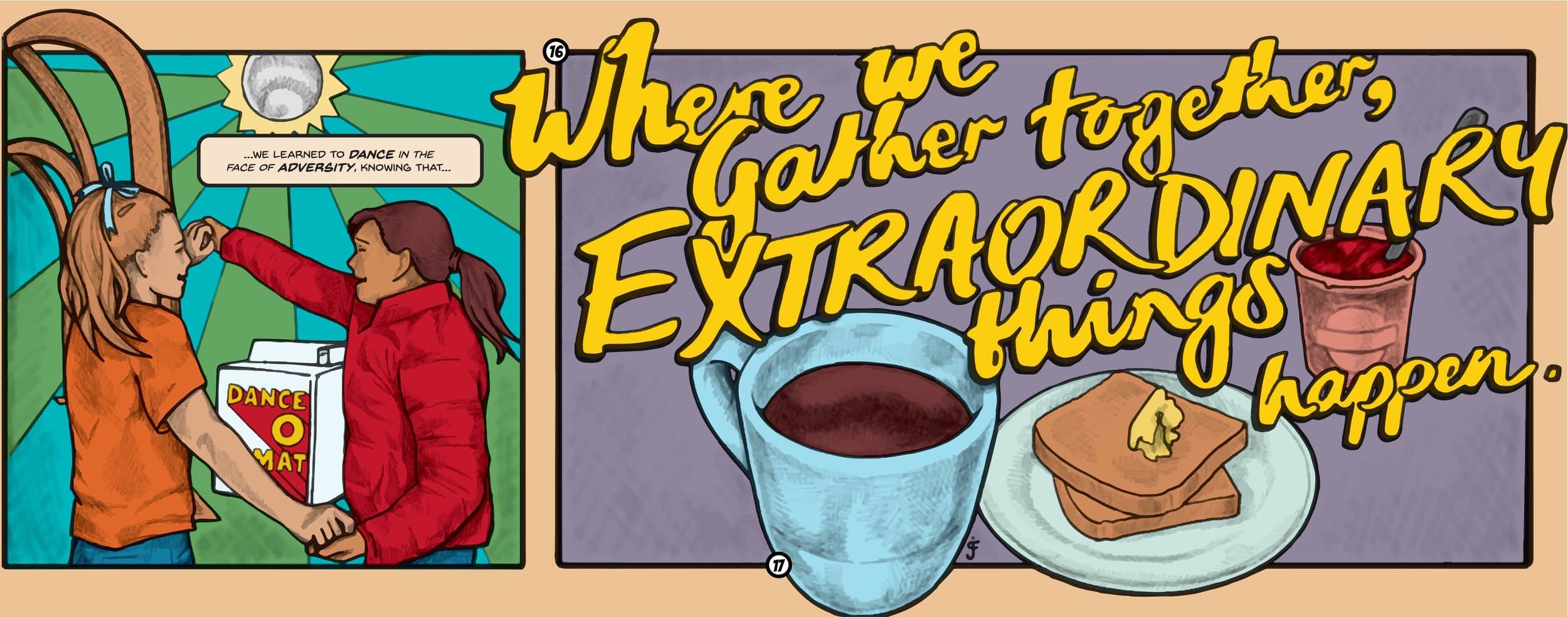
Drawing Time
8 articles / 128 pages
ISBN 978-90-832713-1-6
Issue editors
Dr. Ir. Saskia de Wit, TU Delft
Dr. Ir. Inge Bobbink, TU Delft
Dr. Noël van Dooren, AERES University of Applied Sciences
Editorial
-
This issue of Spool – ‘Drawing Time’ – departs from the observation that the metropolitan landscape is subject to time, in many ways. The metropolitan landscape, as it has been studied in Spool over the years, is conceived as the interrelation between urban, infrastructural, rural and natural formations: a dynamic, intertwined and layered urban-landscape structure. The urban condition is viewed from the perspective of the landscape as a permanent underlying substructure and as physical open space with its own spatial, compositional and perceptual characteristics. Time...
Articles
-
Landscape architecture students at the University of Ljubljana were encouraged to prepare temporal series of landscape and plant drawings to sharpen their sensitivity to changes in the perception of a land motive and vegetation morphology. Students chose a particular motive, defined the frame of the drawing, and identified characteristic plants on site. The motives were sketched several times during the year to portray seasonal changes. Specific environmental conditions (fog, rain, sunny day) were captured in drawings, and in the case of plants, drawings revealed the transitions of...
-
The subject matter of the Landscape Expression course for students starting the master’s degree in landscape architecture at the Polytechnic University of Catalonia in Barcelona is the dynamic representation of landscape. Its objective is to introduce new students to changing and temporal aspects of the problem of its graphic representation.
In our case, few of the students have previous landscape architecture training. Most of them come from disciplines dealing with spatial development or space, such as architecture or engineering. Others come from fields of knowledge related to...
-
The question of how to show processes that are by definition time-based has been one of the more intriguing ones in the field of landscape representation. With ever-greater importance being given to values of space that can be measured, we ask if new approaches to the drawing of space are needed to unveil these measured, sometimes hidden landscapes. With this in mind, students in the Department of Landscape Architecture at the University of Ljubljana undertaking the Visual Communication course were tasked with developing new techniques of data visualization focusing on (1) the spatial...
-
This visual essay discusses drawing time in relation to the author’s graduation project, which is based on the paradigm of a multispecies world. Three design principles are derived from this paradigm: movement, hybrid and landscape as being. These relate to different notions of time and thus on drawing time. Movement means drawing the now. Hybrid is a material structure that shows non-human presence. This materiality implies that decay has to be drawn. The landscape as being is the ongoing landscape without end. In order to draw the three principles leading to the design intervention,...
-
This visual essay explores the use of time thinking and drawing in the design process of the Ooijen- Wanssum floodplain widening project. Through a series of project sketches, final drawings and photos of the constructed project, the authors reveal the way in which time drawing has (often implicitly) given direction to the design process. The water calendar is introduced as a design tool that integrates time- dependent river dynamics into the design process and thereby informs spatial design choices that are considered in several design sketches. These design choices include interactions...
-
This paper revisits a built project to reveal a hidden and experimental ambition for a public space through drawing in time.
Behind the project’s initial inception lay the designer’s motivation to challenge, open and expand the consideration of time in the way in which public landscapes are invented, configured and received. As such, the project sought to attend both to the way in which time manifests as a design consideration through drawing and to the way in which time could be conceptually and experientially sustained in the afterlife of the completed work.
In the...
-
Drawings play various roles in (and in-between) the processes of design, construction and the continuous use and appropriation of space. This article explores large drawing elements positioned at building sites. It discusses how decision makers, developers, planners and design professionals actively use such representational means to create site and project narratives for the site preparation and construction phase. Two projects and sites are presented here in order to illustrate and explore the role of large on- site supergraphics during site transformation. The main aim is to explore...
